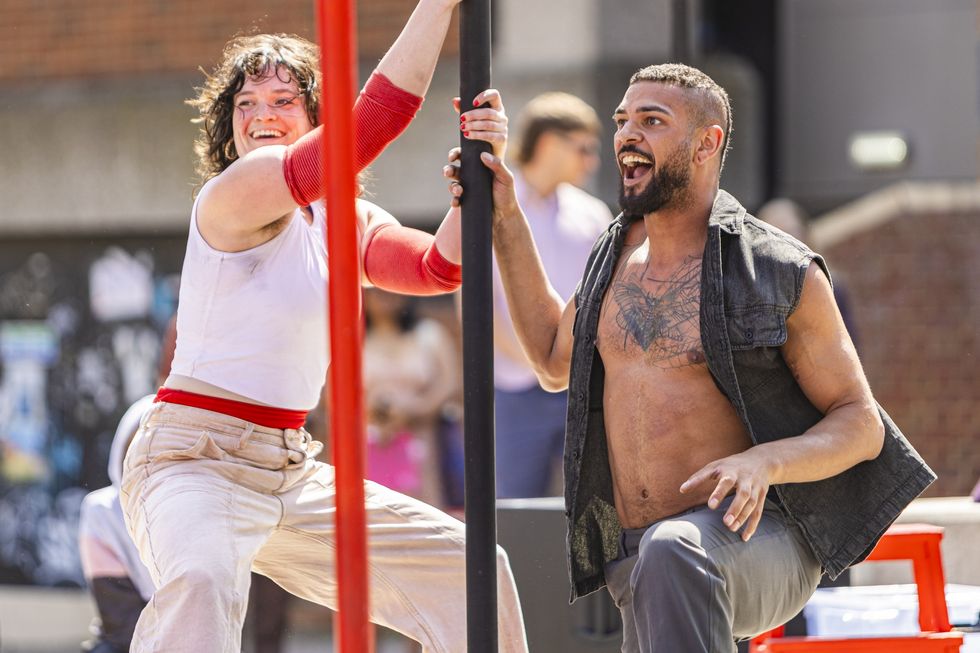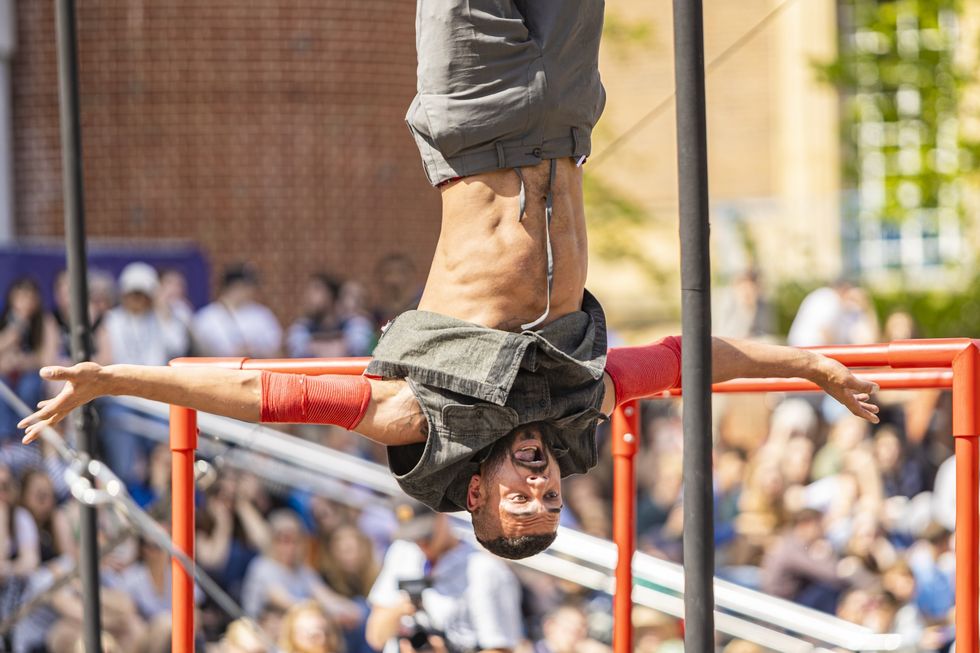New Zealand fast bowler Trent Boult said his side's "pack" mentality had left India reeling a day two of the second Test on which 16 wickets fell including another cheap dismissal for Virat Kohli in Christchurch on Sunday.
At stumps India led by just 97 lead with only four wickets remaining and three days to play.
Kohli's side dismissed New Zealand for 235 to take a seven-run first innings lead, but they stuttered to 90 for six at stumps with Boult taking three for 12 off nine overs.
"The bowlers obviously pitched the ball up nicely and got rewards seeing the ball move around like it did. I feel we're in a decent position," Boult said.
"We're all enjoying hunting out there as a pack, getting the ball to move around, and I think the bowling unit is very clear about how we're trying to target the opposition."
The tourists were left to rue their inability to remove tailenders when New Zealand's last three wickets put on 82, led by a polished 49 from Kyle Jamieson.
With a small first-innings advantage India needed to build a substantial total for New Zealand to chase but they went off script from the start with Mayank Agarwal out for three in the second over.
Prithvi Shaw followed for 14 and at 26 for two, with India needing a win to square the series, the opportunity was ripe for a captain's knock from Kohli.
But on 14, a full delivery from Colin de Grandhomme cut back into his pads and he was gone.
"It was a good feeling to see the back of him," Boult said of Kohli's dismissal.
"Obviously he's a big player for them and we were just try to put enough pressure on him, keep him quiet and it was nice to see him make a few errors."
- Late-order run spree -
The 31-year-old, who came to New Zealand as the world's top-ranked batsman, has scored only 2, 19, 3 and 14 in the Series.
Ajinkya Rahane was bowled for nine, Cheteshwar Pujara went for 24 and Umesh Yadav for one in the last six overs of the day.
After New Zealand resumed the day at 63 without loss the combined efforts of Mohammed Shami, Jasprit Bumrah and Ravindra Jadeja has seen them slump to 153 for seven, before Jamieson, in his second Test, underscored his allround credentials having taken five wickets in India's first innings.
Colin de Grandhomme with 26 and Neil Wagner's 21 were the other key contributors in the late run spree with Wagner's dismissal the result of an exceptional one-handed catch by a leaping Jadeja at square leg.
The India pace bowlers, who struggled in the first Test and at the start of the second, finally got to grips with the stock New Zealand conditions of a green-tinged pitch and a moderate breeze.
They found that anything pitched up and close to the off stump put pressure on the New Zealand batsmen and quickly picked off the top five before lunch.
Tom RECAST, added one to his overnight 29 before he was removed and Kane Williamson (three), Ross Taylor (15), Henry Nicholls (14) quickly followed.
Tom Latham, who top-scored with 52, miscalculated a Shami delivery and did not play a shot only to watch the ball angle into the stumps.
Shami finished with figures of four for 81, Bumrah, who removed New Zealand talisman Williamson, took three for 52 while Jadeja had two for 22.





 Vidya Thirunarayan in Holy Dirt brings myth and ritual into raw physical form The Clay Connection
Vidya Thirunarayan in Holy Dirt brings myth and ritual into raw physical form The Clay Connection Sadiq Ali's pole performance explores HIV stigma with athletic graceLuke Whitcomb
Sadiq Ali's pole performance explores HIV stigma with athletic graceLuke Whitcomb Sadiq Ali delivers a daring upside-down act in his powerful show Luke Whitcomb
Sadiq Ali delivers a daring upside-down act in his powerful show Luke Whitcomb Dancers in Nandita Shankardass’s Roots to Rise connect movement with memoryJohn Evans
Dancers in Nandita Shankardass’s Roots to Rise connect movement with memoryJohn Evans












